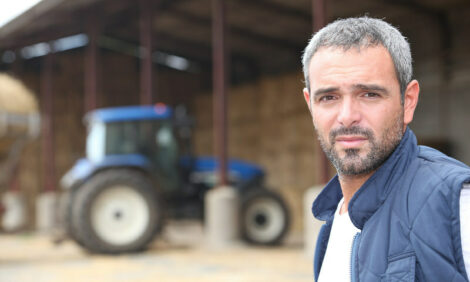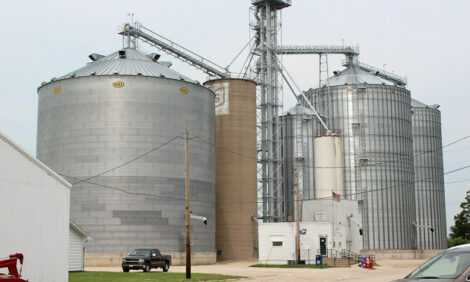



SDSU Specialist: Remember Anthrax Vaccinations For Cattle
BROOKINGS - Producers should remember to include anthrax vaccinations in their plans when vaccinating cattle before turning them out to pasture this spring, a South Dakota State University specialist said.SDSU Extension Veterinarian Russ Daly said that while anthrax is normally associated with hot, dry conditions in summer, South Dakota’s first case of anthrax in 2007 was diagnosed in late April.
“Anthrax vaccine for cattle is inexpensive, safe, and effective. For maximum protection, vaccine should be administered two to four weeks prior to exposure, or before turnout to pasture,” Daly said. “Vaccinated animals are believed to have at least six months of solid immunity from one vaccine dose—at least enough to get through the grazing season if administered in the spring. All producers should coordinate their vaccination programs with their veterinarians.”
Anthrax is a fatal disease of rapid onset caused by the action of bacterial spores that become active once taken in by the animal. Anthrax has historically been found in many parts of South Dakota. Spores can survive in the soil for long periods of time. Events that disturb spores in the soil, such as pasture flooding, drought, and wind, make the spores available for the animal to ingest.
Daly said an SDSU survey conducted after the 2005 grazing season, in which an unprecedented number of anthrax cases were diagnosed, indicated that pastures in which flooding was present may be more likely to have anthrax cases than those which were not flooded.
“Even with these observations, it is extremely difficult to predict where and when cases will occur, so producers throughout the state are encouraged to vaccinate,” Daly said.
Anthrax predominantly affects adult animals, although calves and younger animals are not totally free from risk. Symptoms of anthrax in cattle are not usually seen due to the rapid course of the disease.
In addition to cattle, death losses in bison, deer, and horses were reported in 2005 in South Dakota. Two herds were affected in South Dakota in 2006.
“Producers should monitor their pastures closely. A veterinarian should investigate instances of sudden death as soon as possible,” Daly said.
“Timely diagnosis allows preventive treatment to be given to the rest of the herd and for the proper management of the remains, so that further death loss and spread can be minimized.”
When death loss due to anthrax is suspected, producers should not disturb the carcass and should contact a veterinarian as soon as possible. Veterinarians in South Dakota are experienced with proper sample collection and disposition of carcasses and are the producers’ best resource for questions about their herds.
TheCattleSite News Desk


